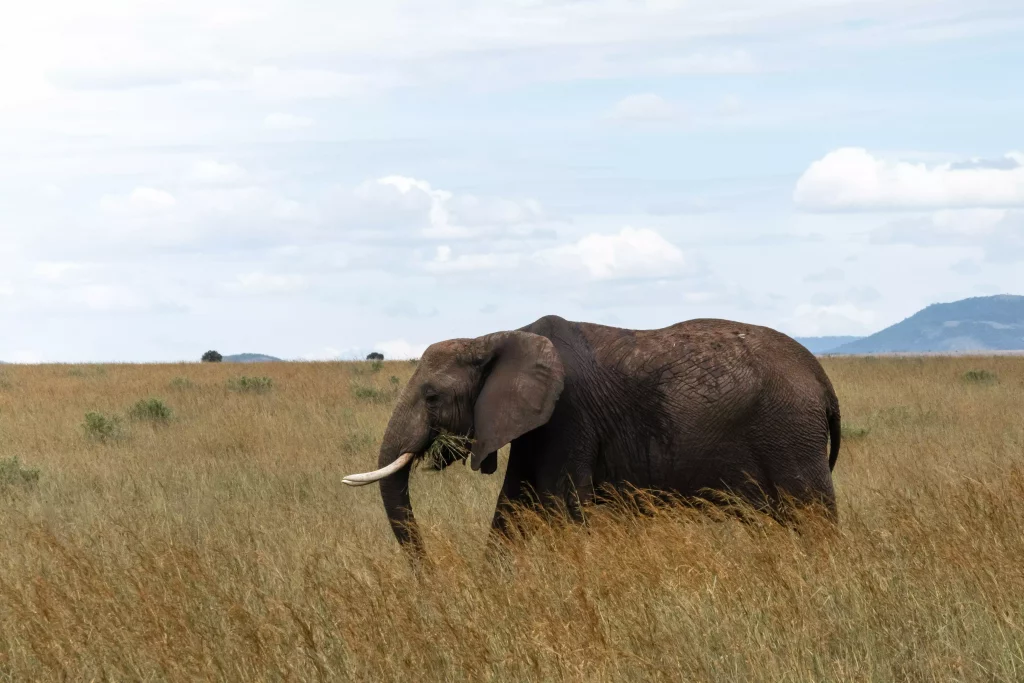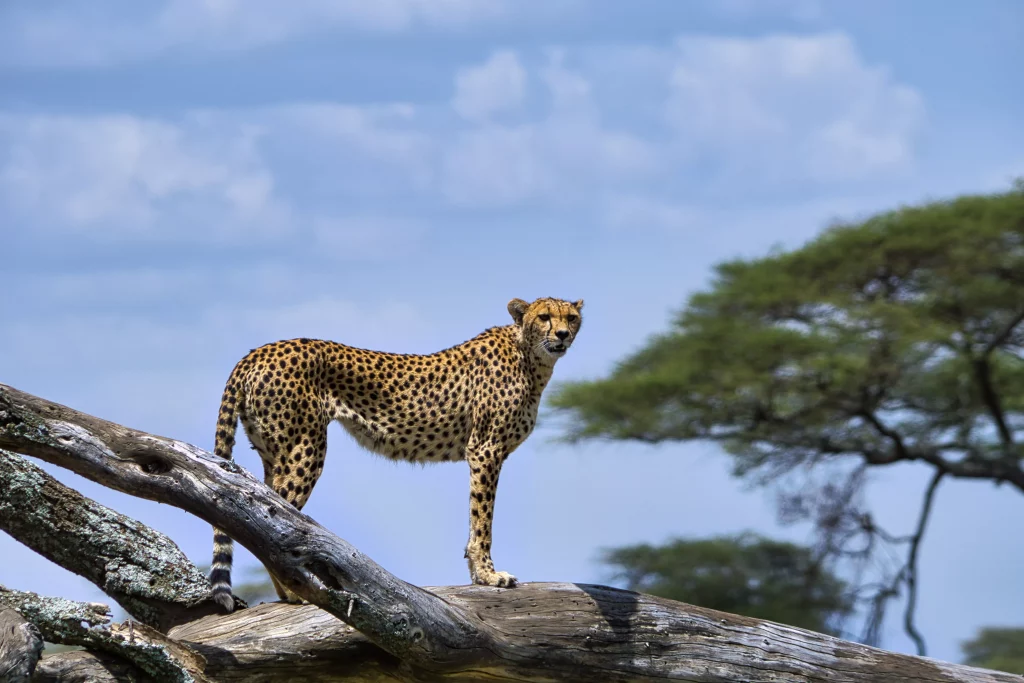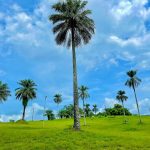Are you even a wildlife enthusiast if you haven’t heard of or captured in the naked eye, the most beguiling migration event and the last of its kind too? This massive event is on the exploring bucket list of all wildlife tourists and photographers. The combined Tanzania and Kenyan wildlife reserves along with the Mara and Grumeti rivers are very entertaining and universally attract tourists for themselves every year, but this experience is one of a kind and it is rightly considered as the new wonder today. This natural phenomenon is responsible for the transborder migration of these animals and their roundabout journey which plays a crucial part in their lifecycle and the grand order of the survival of the fittest.
The settings are best experienced in the months of July to October and it isn’t a surprise that Kenya Airways avails cheaper tickets and best offers during this time to welcome many patrons to watch this wonder.
Here is your perfect guide to ace your Grand Kenyan Migration Safari trip!
1. Know The Wonder

This surviving mass terrestrial migration of over 1.5 to 2.5 million wildlife species of wildebeests, zebras, and gazelles from Serengeti National Park in Tanzania to Maasai Mara Reserve in Kenya is a sight to behold! This phenomenon is not only to be missed but also cherished at the right time when nature picks its favorite and rewards life. These species track the green grasslands and take this tour with their calved little ones to show them the wildlife and challenges that are away from them on the other side of the river.
2. Known The Timeline

The beasts at first reside in the Serengeti National Park in Tanzania during the months of January through March where the grasses are green favoring calving. Then with their young ones, they follow the pastures to the central Serengeti and in June they reach the western Serengeti region gathering other animals to the lot. Together they leave the rain-trodden Serengeti grasslands and set foot in search of better survival conditions in Kenya. Thus the months of July to October are the best time to watch the undiluted version of this phenomenon. Do not miss the grand crossing of the Mara River where the predators in water and on the land await the incoming prey. November to January is when these herds return to Tanzania to begin their cycle.
3. Why Kenya And Not Tanzania
The convincing greener grasslands and the inviting weather conditions in Kenya during the migration take the upper hand, making the crossover clearly visible. The Tanzanian plains are flooded during this time making it quite unfavorable to indulge and enjoy the phenomenon from there.
4. Stay
The Great Maasai Mara Ecosystem has 14 conservancies that strive to enhance this migration. Planning to stay here rather than in Nairobi or the cities would be a wise option. The stays are comfortable with camps and lodges not far from the citing points. The Olgatuni Camp, Elephant Pepper Camp, Mahali Mzuri Camp, and Governor’s Camp are some of the famous destinations that also provide other entertainment that the game drives.
5. What Not To Miss
If you have a fond memory of having seen the Grand Maasai Mara experience then surely you would have seen the River Crossing. The Mara River that runs bisecting the Mara Conservancy is home to large crocodiles and alligators that simply await the immigrating herds to make them their prey. It’s the test of survival that these animals have to go through as they cross the river which is indeed an amazing and altering sight to behold. And the trial doesn’t end there. What awaits the zebras, wildebeests, and gazelles are the African wild cats like Leopards, cheetah hyenas, and wild dogs waiting to prey on those that survived the river. These two events are simply the heart of the Great Kenyan Migration experience that carries the irreplaceable torch of amazingness.
6. Seek for expert guidance
This Maasai Mara experience is best cited at the off-roads and uncommon paths of the Kenyan grasslands and valleys. For this, you need the expert guidance of the locals. Also, horseback riding is the best way to venture into the wild and experience this phenomenon at close quarters.





